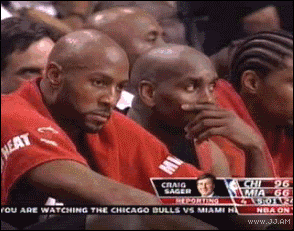WeekapaugGroove wrote:Payments to players aren't paid out over 5 years for a strech. Not sure why this balloon payment would matter for a buy/out stretch.
A trade it could, Suns pay 25% of the real cash then trade him would be less expensive in real money for the team acquiring Beal. (Cap/tax/ect is unchanged). But I haven't heard much about any trades with Beal so shrug
I think what people are missing is the "right of offset" clause. It is possible the Suns insist on the having some type of salary offset. That is, Beal being paid by another team means the Suns get a refund of both salary and cap space. So if Beal signed with the Clippers, the impact on the Suns cap is roughly $19M minus the offset computation. The key is getting under the lux tax, out of the repeater tax, and jettisoning Beal. Those three are all big wins.
AI GENERATED
nba right of offsetIn the NBA, the "right of offset" (or set-off) is a provision in the Collective Bargaining Agreement (CBA) that allows a team that has waived a player to reduce its financial obligation to that player if the player signs with another professional team.
Here's how it works:
- Waiving a player: When an NBA team waives a player, they are still responsible for paying the player's guaranteed salary according to the original contract. This money continues to count against the team's salary cap, creating what is known as "dead money" or "dead cap hit".
- Player signs elsewhere: If that player then signs a contract with another professional team (which could be another NBA team, a G-League team, or an overseas club), the original team can exercise its right of offset.
- Offset Calculation: The amount of the offset is calculated using a formula defined in the CBA. The formula involves subtracting the applicable minimum salary (either for a rookie or a one-year veteran, depending on the player's experience) from the player's new salary.
- Reduction of obligation: If the result of the calculation is positive, the original team can reduce their liability to the player (both the remaining salary owed and the cap hit) by half of that positive amount. This means the original team will pay less and the amount counting against their salary cap will be reduced.
Important notes about the NBA right of offset:- Double-dipping: The purpose of the right of offset is to prevent players from "double-dipping" – collecting the full guaranteed money from two or more teams simultaneously.
- Limited Financial Impact: While the right of offset benefits the waiving team, the financial impact is often limited, as demonstrated by moorebasketball.com.
- Waiver of right: Teams and players can agree to waive or modify the right of offset as part of a buyout agreement, allowing the player to keep the full buyout amount in addition to their new salary.
- Applicability: The right of offset applies even if the player signs with a professional team outside of the NBA.
Essentially, the right of offset helps teams regain some financial flexibility after waiving a player by reducing the dead money on their books if the player continues their professional basketball career elsewhere.
















